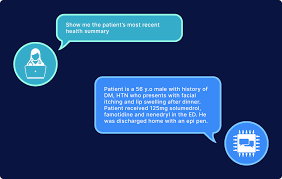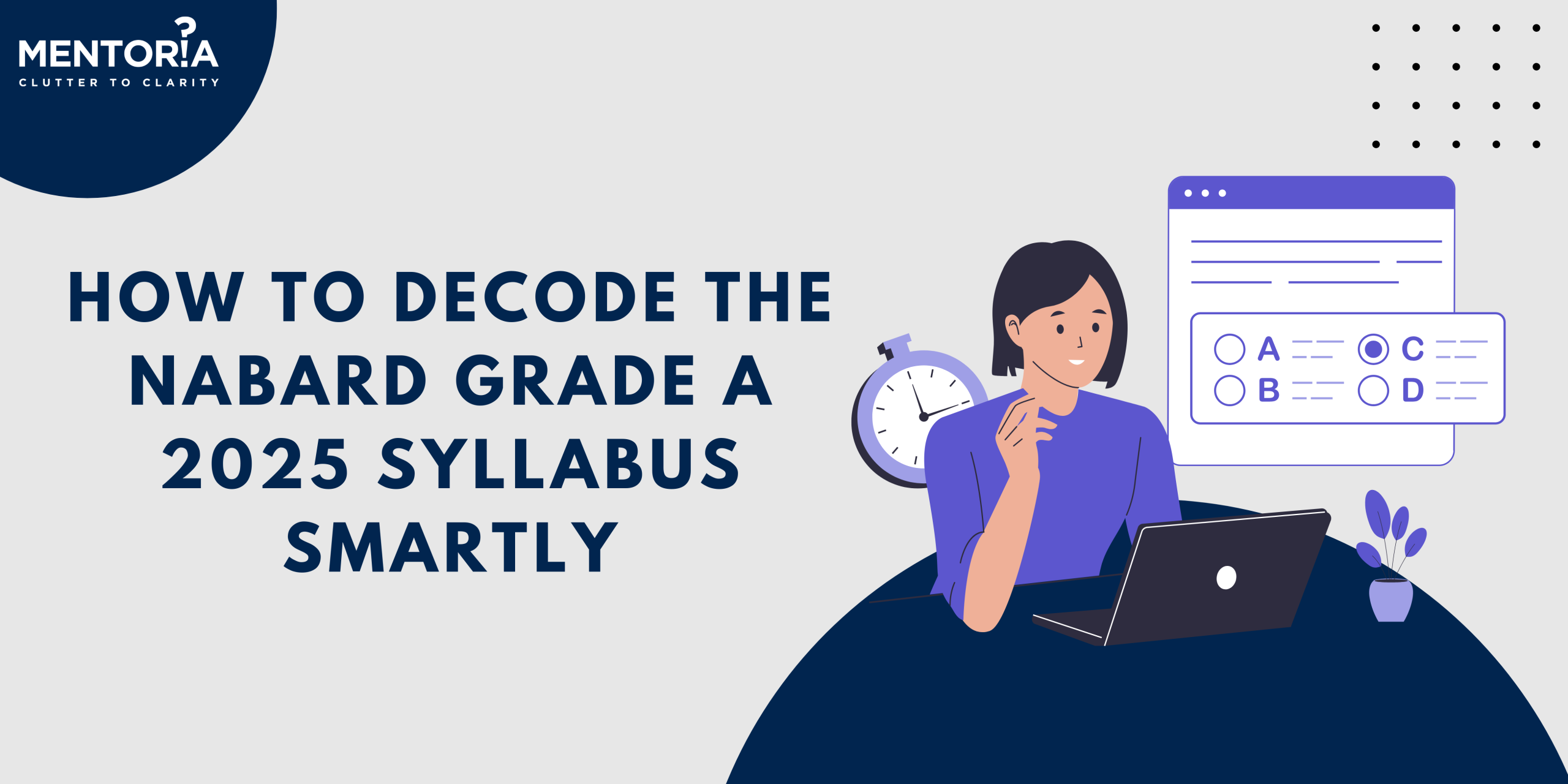How AI in Web Development is Shaping the Digital World

The digital world is undergoing a tremendous and somewhat perplexing shift, thanks to the dynamic pair of web development and artificial intelligence (AI). Think about it, the internet is like a sprawling metropolis that never sleeps. Every website you visit, every app you open, they’re all part of this bustling city. And just like any thriving city, it needs infrastructure, organisation, and innovation to keep things running smoothly.
That’s where AI struts onto the stage with experience and innovation. It’s the backstage crew that’s working tirelessly to make sure your online experience is as smooth as a jazz sax solo. AI in web development is not just about robots taking over the internet, but it’s about creating user-friendly, interactive, and highly personalised web experiences. It’s like having a web developer who never sleeps, never gets tired, and can juggle a gazillion tasks simultaneously – all without breaking a sweat. In this wild blog, we’re going to dive deep into the dazzling world of AI-driven web development. We’ll see how it’s revolutionising e-commerce, giving chatbots the gift of gab, and helping you find that perfect Netflix show for your Friday night binge.
Chatbots
What makes these chatbots smart is their ability to understand and mimic human conversation. They’re not just programmed with a set of fixed responses anymore; they can actually engage in real, dynamic conversations. This means they can understand your queries, figure out what you’re after, and respond in a way that feels natural, like having a proper chat with a knowledgeable friend. Smart chatbots are cropping up all over the web, from e-commerce sites to customer support portals and even on your favourite social media platforms. They’re like the friendly virtual greeters of the internet, always ready to lend a hand or offer some banter.
But how do they do it? Well, it’s all thanks to natural language processing (NLP) and machine learning. NLP is like their secret – it helps them understand the words you’re using and the context of your questions. Machine learning is what makes them better over time; they learn from each conversation and get smarter with each interaction. It’s like they’re constantly levelling up.
Image Recognition and Classification
So, picture this: you’ve got a ton of images on your website, and you want them tagged, sorted, and understood by your digital system. That’s where image recognition and classification, powered by AI, come into play. These technologies allow web developers to teach computers to “see” and understand images, just like you and I do.
Image Recognition: We’re talking about image recognition – the wizardry of teaching computers to see, like, really see. You show them a picture, and they’re all like, “Yep, that’s a pair of sneakers, not a sandwich.” It’s like having an art critic who can instantly tell you if a painting’s a Picasso or your kid’s latest masterpiece.
But that’s not where the fun ends! AI doesn’t stop at mere identification; it’s got a knack for sorting things too. We call this image classification. It’s like having a virtual librarian who’s exceptional at organising your messy photo album. Just toss a bunch of random photos at it, and it’ll neatly group them into categories like “beaches,” “mountains,” or “urban landscapes.”
Image Classification: This is where AI goes one step further. It doesn’t just identify objects in an image; it can also sort them into predefined categories. For instance, you could use AI to sort a bunch of photos into categories like “beaches,” “mountains,” or “urban landscapes.” It’s like having a virtual librarian who’s really good at organising your photo album. These technologies rely on something called deep learning, which is a subset of machine learning. Essentially, the AI system is trained on massive datasets of images. It learns to recognise patterns, shapes, and features within these images. Then, when you feed it a new image, it can analyse it, identify the components, and make sense of what’s going on.
Search Engine Optimisation
Voice Search Optimisation: Now, picture this: you’re chilling at home, and you’re like, “Hey Siri, find me the best pizza in town.” What happens next is like magic. AI is at work, helping web developers understand how we phrase these voice searches. It’s like having an interpreter for your spoken words. It ensures your website pops up when someone asks a burning question or demands the best pizza in town.
Predictive SEO: It can predict trends, analyse market shifts, and be your real-time SEO strategist. It’s like having that mystical crystal ball to see what’s coming next in the digital universe. AI keeps you ahead of the game, making sure your content is always on point.
Local SEO: Now, for the local heroes, the brick-and-mortar businesses, AI is your GPS to attracting local customers. It fine-tunes your online presence to make sure you show up when someone nearby Googles “best coffee shop near me.” It’s like having a magnet that pulls in local customers straight to your doorstep.
AI can help optimise the overall user experience on a website, which search engines love. Faster load times, mobile-friendliness, and easy navigation can boost your SEO rankings. It’s like giving your website a turbocharged engine.
Predictive Analysis
Predictive analysis can examine historical user data to anticipate future actions.
Tailored User Experience: Predictive analysis takes a deep dive into a user’s past online life. If someone’s been buying sneakers, it doesn’t just stop at that – the site’s AI might say, “Hey, this sneaker enthusiast might want some matching socks or shoe cleaning kits!” It’s like your website’s very own shopping assistant, making sure your users feel right at home.
Traffic Spikes: You know those moments when your website suddenly goes viral? Maybe it’s a hot product launch or a major event. Predictive analysis plays the role of a digital bouncer. It’s on the lookout for any unexpected stampede of visitors and makes sure your website can handle the traffic surge. No more crashes when the internet comes knocking.
Smart Recommendations: Ever wondered how Netflix knows your taste in shows better than your best friend? That’s predictive analysis at work. It keeps track of what you’ve liked and suggests what you might love. Web developers can use this same tech to guide users through a wonderland of content. It’s like having a virtual tour guide, showing you the best stuff based on your interests.
Cybersecurity
Cybersecurity is like the digital shield that web developers wield to protect websites and online systems from the ever-looming threat of cyberattacks. In today’s hyper-connected world, where data is the new gold, and digital breaches can have dire consequences, cybersecurity has become a non-negotiable part of web development.
Intrusion Detection Systems (IDS): These are like the vigilant security guards of your website. They’re on constant patrol, keeping an eagle eye on network traffic. If anything fishy is spotted, they’re the alarm bells that go off. But here’s where the real magic happens, AI swoops in with machine learning superpowers.
Threat Intelligence: Imagine a treasure map that tells you where the bad guys are hiding. Web developers use AI-powered threat intelligence platforms to keep tabs on the latest cyber threats and vulnerabilities. It’s like having a digital spy network to keep you one step ahead of the threat.
Behavioural Analysis: AI doesn’t just stand guard; it’s also the detective. It watches how users move around your castle (website) and can spot anomalies. If someone’s trying to break in with weird login patterns or suspicious data access, AI raises the alarm.
Vulnerability Scanning: Web developers use AI-powered tools to scan their fortresses (websites and systems) for weak spots. It’s like sending a scout to check for cracks in the castle walls. This proactive approach helps find and patch vulnerabilities before the sneaky hackers can exploit them.
Web developers are now armed with technologies that not only help them work more efficiently, but also improve the user experience. Artificial intelligence-powered solutions are making websites more intuitive, engaging, and safe. They provide insights, automate processes, and react to changing situations, thereby increasing online platform performance and functionality. As we go across the digital realm, it becomes clear that AI is more than simply a fad, but a necessary component of current web development. Adopting AI enables developers to build websites that are not only user-friendly but also durable in the face of changing obstacles.
Planning For the Future With Mentoria
By making it easier and faster to create and deploy web applications, AI can enable more people to participate in the digital economy. This can lead to a more inclusive and equitable digital landscape. Mentoria’s platform can help developers to learn the skills they need to succeed in the rapidly evolving field of AI-powered web development. By providing personalised guidance and support, Mentoria can help developers to develop the skills and knowledge they need to create innovative and user-friendly web applications.









